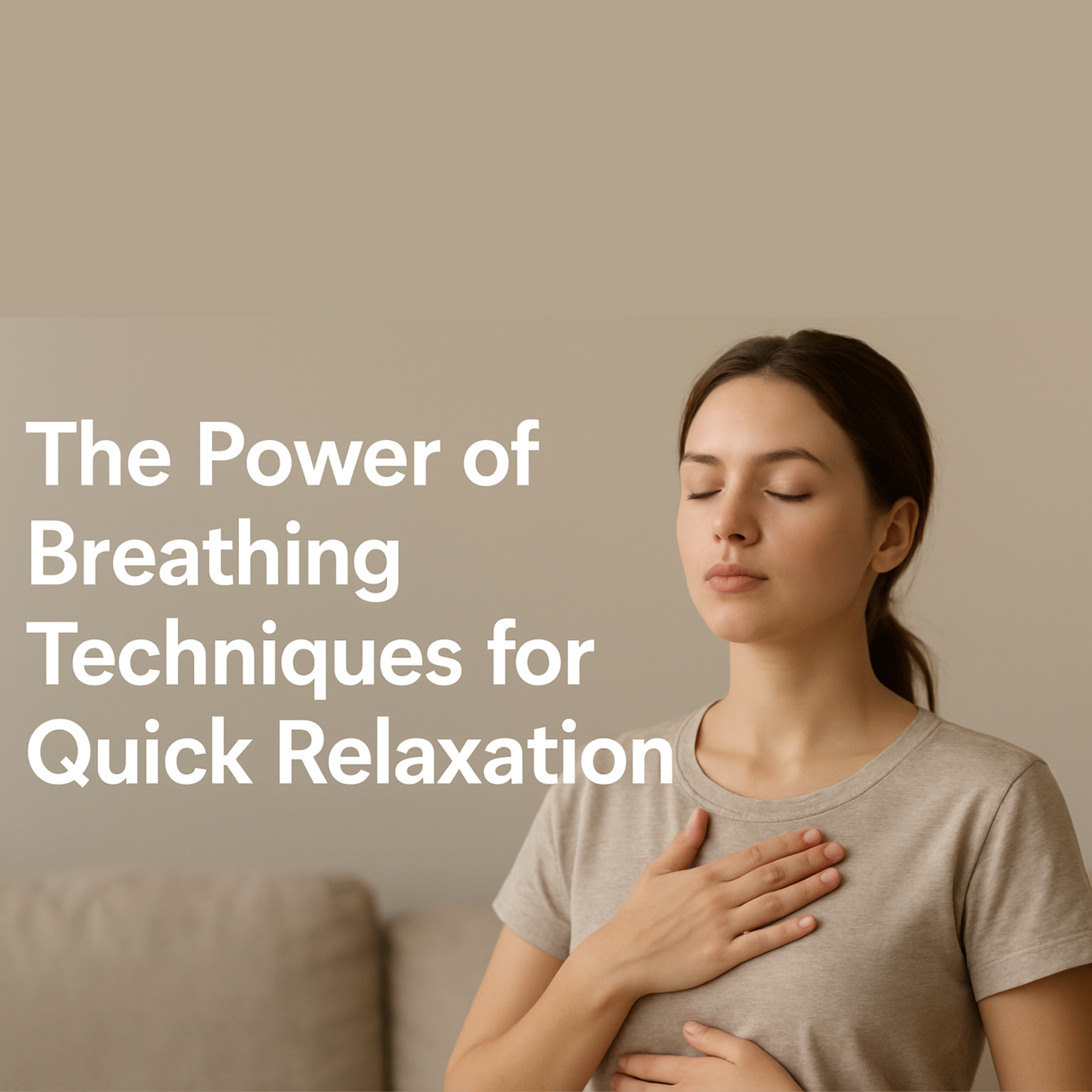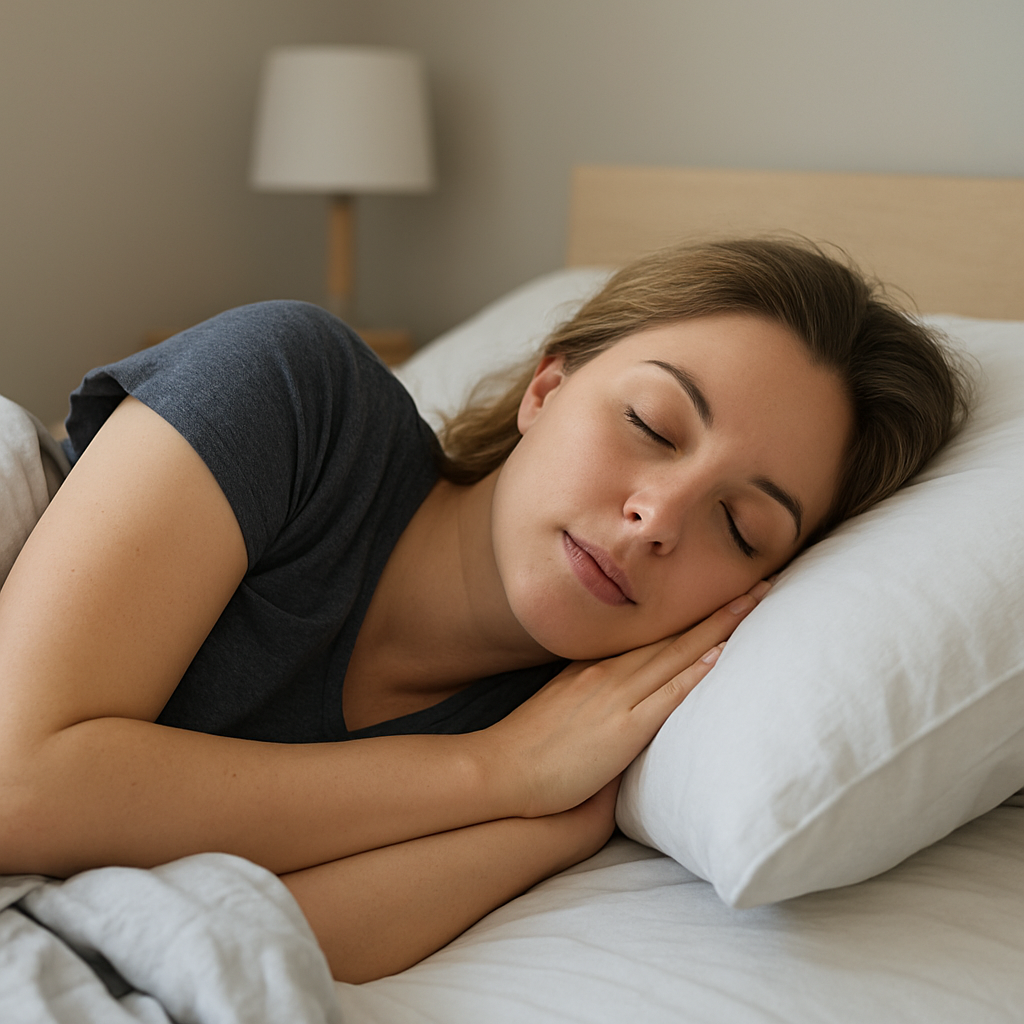Breathing is something we do automatically, but when done with intention, it becomes a powerful tool to calm the mind and body. Stress often leads to shallow, rapid breathing, which increases tension. By practicing specific breathing techniques, you can slow your heart rate, lower stress hormones, and bring immediate relief to your nervous system.
Unlike other wellness practices, breathing exercises are available anywhere, anytime—no equipment or special space required.
The Science Behind Breathing
When you take deep, slow breaths, your body activates the parasympathetic nervous system, also called the “rest and digest” system. This signals your brain to relax, lowering blood pressure and reducing stress hormones. Just a few minutes of focused breathing can make you feel more centered and in control.
Breathing is a bridge between the body and mind—when you change your breath, you change your emotional state.
Simple Breathing Techniques for Relaxation
Here are effective methods you can use anytime you feel stressed or anxious.
1. Box Breathing (4-4-4-4)
- Inhale for 4 seconds
- Hold for 4 seconds
- Exhale for 4 seconds
- Hold again for 4 seconds
This technique is used by athletes and professionals to stay calm under pressure.
2. 4-7-8 Breathing
- Inhale through the nose for 4 seconds
- Hold for 7 seconds
- Exhale slowly through the mouth for 8 seconds
This promotes deep relaxation and can even help you fall asleep faster.
3. Alternate Nostril Breathing
- Close your right nostril and inhale through the left
- Switch nostrils, exhaling through the right
- Inhale through the right, exhale through the left
This balances energy and calms the nervous system.
4. Diaphragmatic (Belly) Breathing
- Place one hand on your stomach and the other on your chest
- Inhale deeply, letting the belly rise while the chest stays still
- Exhale slowly and fully
This increases oxygen intake and reduces tension in the body.
When to Use Breathing Techniques
These exercises can be practiced almost anywhere:
- Before a stressful meeting to calm nerves
- During breaks at work to regain focus
- Before sleep to prepare the body for rest
- In moments of anxiety to ground yourself
- First thing in the morning to start the day with clarity
With regular use, they become natural tools for emotional balance.
Building a Breathing Routine
To get the most benefit, make breathing exercises part of your daily routine.
- Start with 5 minutes per day, gradually increasing to 10–15 minutes.
- Pair breathing with meditation, yoga, or stretching.
- Use reminders—set an alarm or practice at the same time daily.
- Track your progress in a journal to stay motivated.
The more consistent you are, the more naturally your body will respond to stress with calm breathing.
Combining Breathing with Other Relaxation Practices
Breathing works even better when paired with other wellness habits:
- Aromatherapy. Use calming scents like lavender while practicing.
- Mindful music. Gentle sounds enhance relaxation.
- Visualization. Imagine a peaceful scene as you breathe deeply.
- Gentle movement. Combine with yoga or tai chi for full-body calm.
Breathing becomes a gateway to overall relaxation and presence.
Final Thoughts: Calm in Every Breath
Breathing is one of the simplest, fastest, and most effective tools to reduce stress and promote relaxation. By practicing techniques like box breathing, 4-7-8 breathing, and diaphragmatic breathing, you can take control of your emotions and restore balance at any time.
The best part? Relief is just one breath away.








